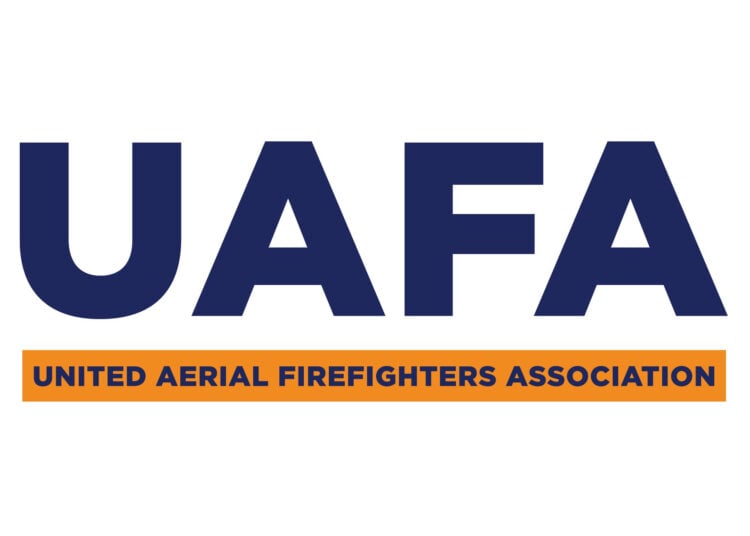The FAA's proposed rule changes outlined in Docket FAA-2023-1377, titled "Modernization of Special Airworthiness Certification," offer promising advancements for streamlining processes for light-sport aircraft (LSA). However, the inclusion of restricted category aircraft, which includes some aerial firefighting aircraft, within the scope of these changes raises serious concerns due to potential inconsistencies, inadequate consideration of their unique characteristics, and the possibility of unintended consequences.
The United Aerial Firefighters Association (UAFA) urges the FAA to reevaluate its approach and remove restricted category aircraft from the proposed changes. Why? Unfortunately, the initial notice and summary accompanying the proposed rule changes primarily addressed LSA, which fall outside the restricted category. Many didn't even realize their operations were included, hindering their ability to participate in the review process.
Luckily the FAA did hear the complaints and have reopened the comment period. Please consider supporting our efforts by you or your organization submitting the following to Regulations.gov:
We are writing because we were unaware of the impact that the rule supposedly just modernizing small aircraft had on our restricted category aircraft and operations until provided with IAR’s comments. It is imperative that the agency provide the proper notification to restricted category aircraft owners and operators before making the changes proposed in the MOSAIC rulemaking. That means it should separate the rulemaking endeavors entirely by using the comments submitted in this rulemaking to create a separate NPRM that addresses all the issues raised over the years regarding certification and use of restricted category aircraft.
Restricted category aircraft encompass a diverse range of designs, operational uses, and performance limitations far exceeding those of LSA. Grouping them under a blanket rule designed for LSA risks overlooking their distinct needs and complexities, potentially hindering their effectiveness and viability in critical missions like aerial firefighting. Tailoring a separate solution that acknowledges their unique characteristics and challenges is crucial to ensuring robust safety standards while facilitating their continued operation.
The United States relies heavily on private companies and their dedicated crews to carry out aerial firefighting operations. These companies possess decades of experience and specialized equipment, allowing them to respond quickly and effectively to wildfires. Restricting restricted category aircraft, which are used by private operators, could hinder their ability to mobilize and deploy critical resources, potentially jeopardizing the nation's wildland fire response.
Removing restricted category aircraft from the proposed changes would allow for a more focused and tailored rule that addresses their specific needs and concerns. This, in turn, will foster a safer, more efficient, and sustainable future for these crucial aircraft, ultimately helping to protect communities and ecosystems from the devastating impacts of wildfires.






